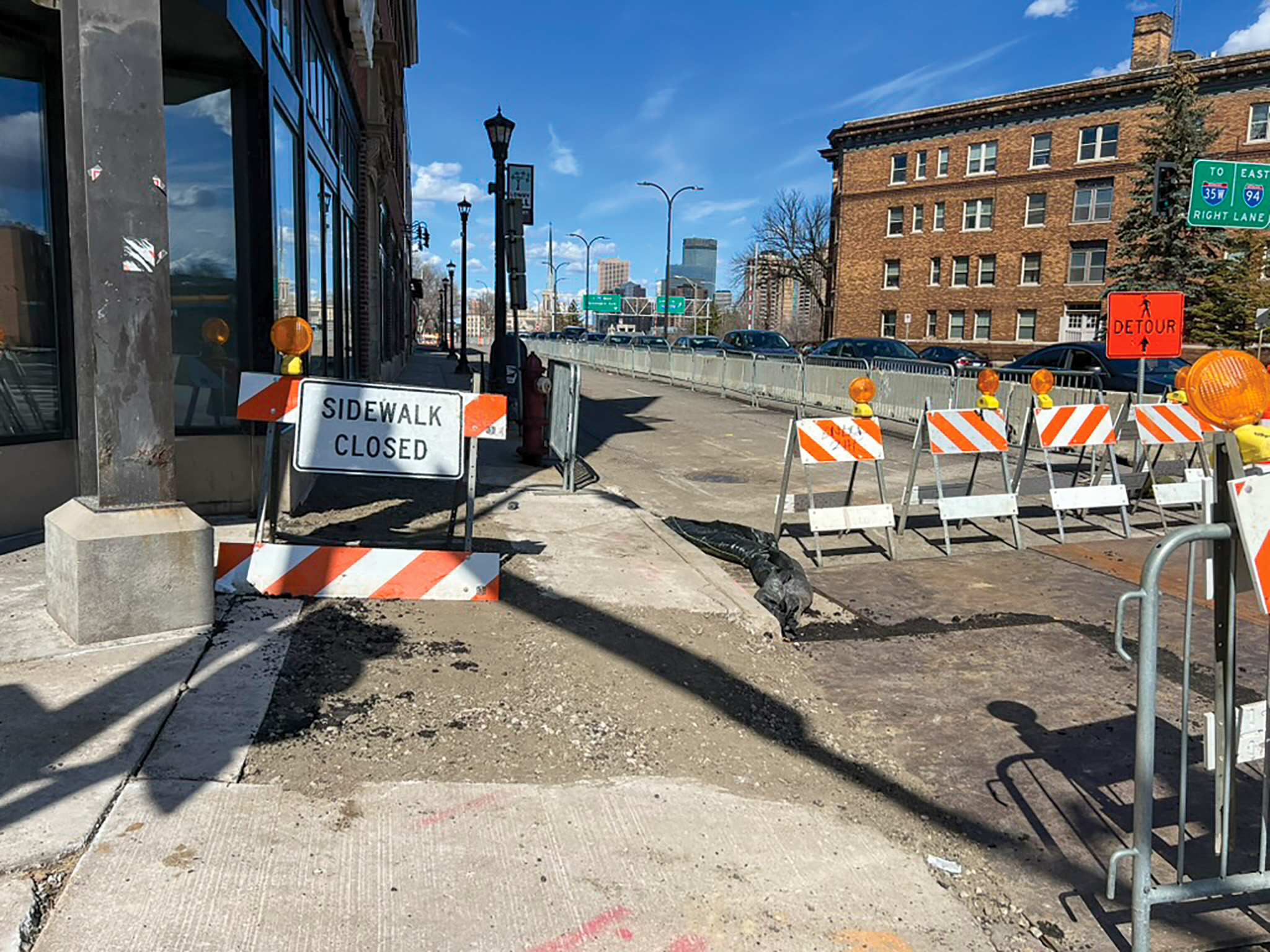Craig Wilson is Kanaka Maoli (Native Hawaiian), a landscape architect and urban planner who lives in Lowry Hill.
Long before road construction, streetcars or 1980s punk rockers, Hennepin Avenue began as a Dakota trail stretching from St. Anthony Falls to the Chain of Lakes and today’s Uptown.
For generations, the Dakota people lived across the region, calling the falls Owámniyomni, “the place of the falling water.” From there, well-worn paths branched in all directions, linking villages, hunting grounds and gathering places. One of the busiest cut southwest toward Bde Maka Ska and Cedar Lake — the route that later became Hennepin Avenue.
The trail hugged high ground and avoided the Devil’s Backbone ridge, today traced by Mt. Curve Avenue. It wound around wetlands, taking the most efficient line between river and lakes. That angled path still stands out, slicing diagonally through Minneapolis’s otherwise orderly grid.
European settlers in the 19th century quickly adopted the Dakota route. Surveyors folded it into the town plan and named it Hennepin Avenue, after Father Louis Hennepin, the 17th-century missionary who wrote about the falls. The practice was typical of the time: Indigenous infrastructure was retained, but Indigenous origins were erased.
Hennepin Avenue is more than asphalt.
It is a reminder that Minneapolis sits on Dakota land, and that every step forward follows the footsteps of those who walked it first.
By the mid-1800s, the renamed avenue carried wagons and horse-drawn trolleys between the industrial riverfront and new residential neighborhoods near the lakes. Hennepin became the spine that connected work and leisure — just as the Dakota trail had before.
The street’s evolution from Native path to city artery reveals the layered history of Minneapolis. Every phase of development — milling, streetcars, department stores, music clubs — rests on the lines first drawn by Dakota travelers.
Even as Hennepin Avenue gained fame as the city’s entertainment corridor, its original role as a connector endured. Today, debates continue: how to balance cars, buses, bicycles and pedestrians on one of Minneapolis’s most storied streets.
Hennepin Avenue is more than asphalt. It is a reminder that Minneapolis sits on Dakota land, and that every step forward follows the footsteps of those who walked it first.






